Food is capable of telling a great many things about a person or a community. From being just an essential ingredient for our bodies to function, food has evolved as we have. It’s a reminder of our histories, our cultures, our heritages, our people and their stories, a lot of which might have even been lost to the sands of time.
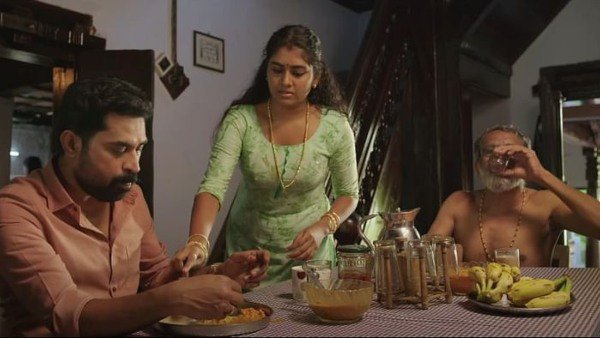
Especially in a country like ours, where homogeneity swan dives out of the window every 4-5 kilometres, food is an identity card and in the times we are in, it is also a symbol of resistance, which is why it is important to have it represented in popular culture. There’s a reason why everybody who’s watched a Hindi film from the 70s-90s knows what ‘Do waqt ki roti‘ means.
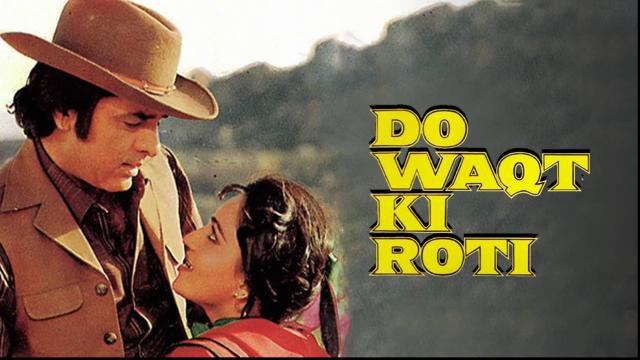
It is not necessarily about those two slices of bread, it’s about hunger and the bare minimum a character, often one we are rooting for needs to survive. It speaks to us about his state of affairs, the class they belong to, the caste they come from and the god they choose to put their faith in, among other significant details.
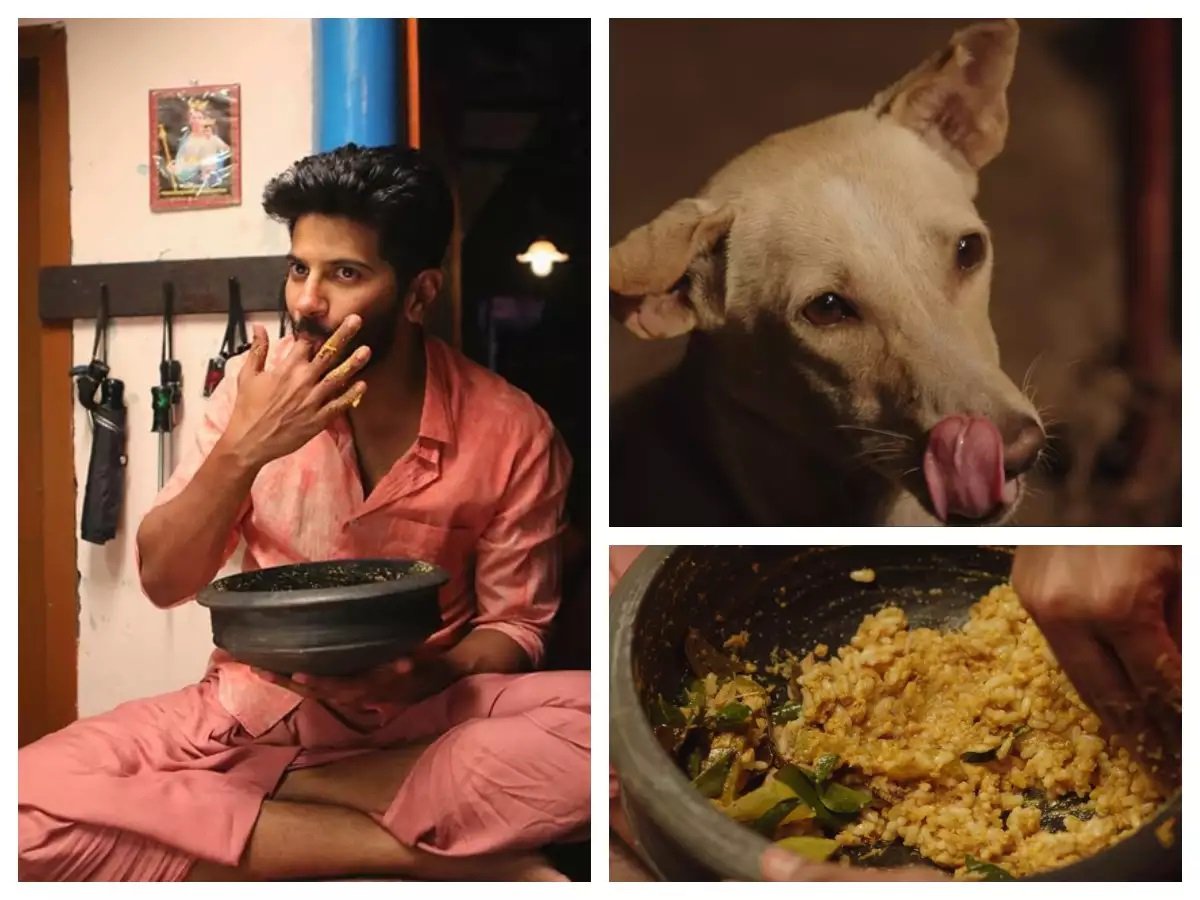
It tells us the story of millions in our country for whom earning two slices of bread is a good day. It tells us that even when they earn said bread, it doesn’t always mean a victory, it simply means they will make it through the day.
Food used to play a very important role in Hindi cinema. More often than not films would have scenes with food in them, be it in a rich household with a dining table laden with more jewels than a bahu in a soap opera, or be it in a poor household where people sit on the ground while getting served food in restrictive quantities, because ‘Bhindi 12 rupaye kilo.’
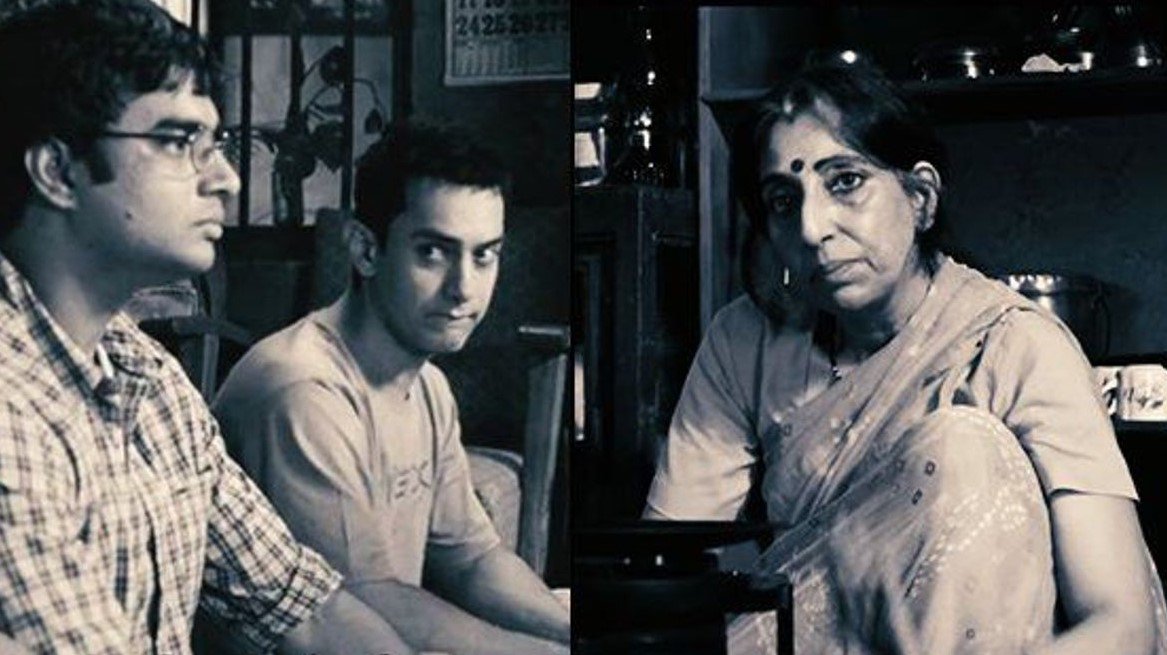
In Neeraj Ghaywan’s short film, Juice, everything is about food. But you actually never it once. Ghaywan uses the kitchen to provide commentary on patriarchy, women, and caste, managing to tell a complex story of intersectionality in a span of just 14 minutes and 40 seconds.
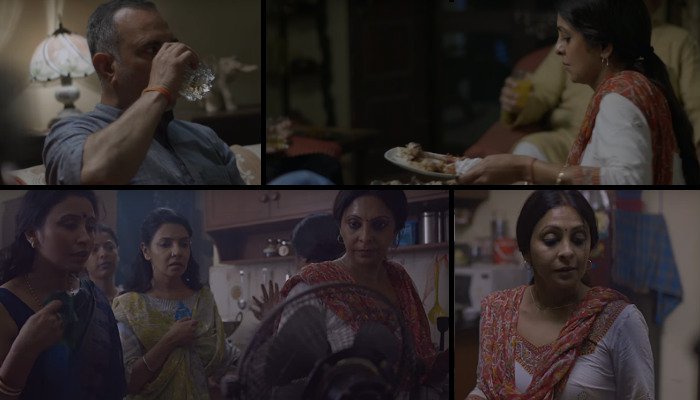
But that seems to be a lost art. With Hindi movies having moved away from telling the story of the Indian common man, and not to forget, the bastardisation of the middle class with ruling class rituals, the scenes with food are barely present in films.
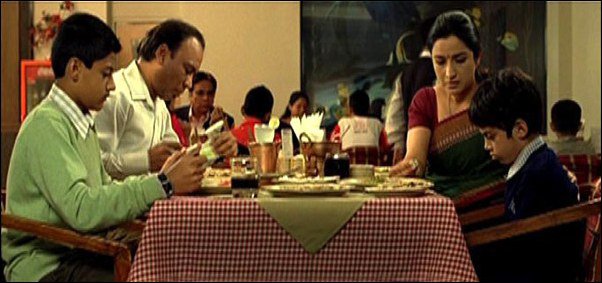
I wish there was something to pick up from the last few years and criticise but there just aren’t that many scenes that come to mind and it’s just a sad state of affairs that Hindi filmmakers have collectively decided to let go of something that could significantly aid their diminishing storytelling abilities.
Fortunately, this isn’t the case with regional cinema. Malayalam to Tamil to Bangla to Assamese films, they all feature something being cooked, being eaten, sometimes at home, sometimes in stalls and tapris. Food is always present because it literally is.
Have you ever walked out of your house and walked for 10 mins? No matter where you are, you will find something to eat somewhere. That’s how prominent food is.
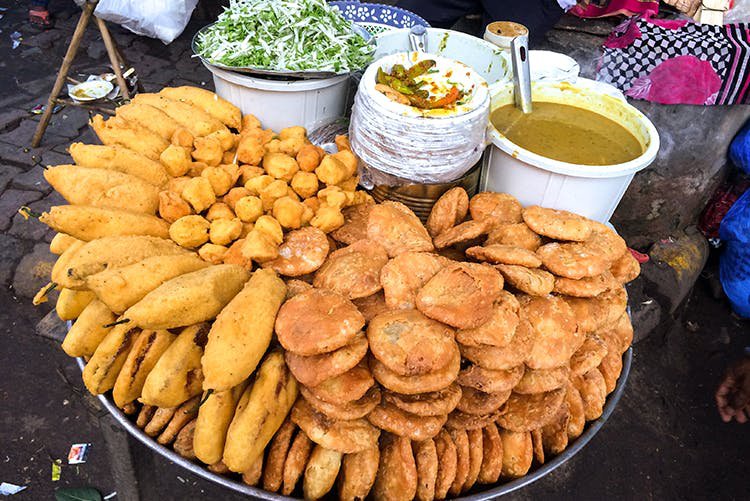
And not just as a passive storyteller either, movies like The Great Indian Kitchen, effectively narrate the tale of a patriarchal society revolving around the practice of cooking. Then, there is The Lunchbox, which tells such a profound love story, all written around a box of food.
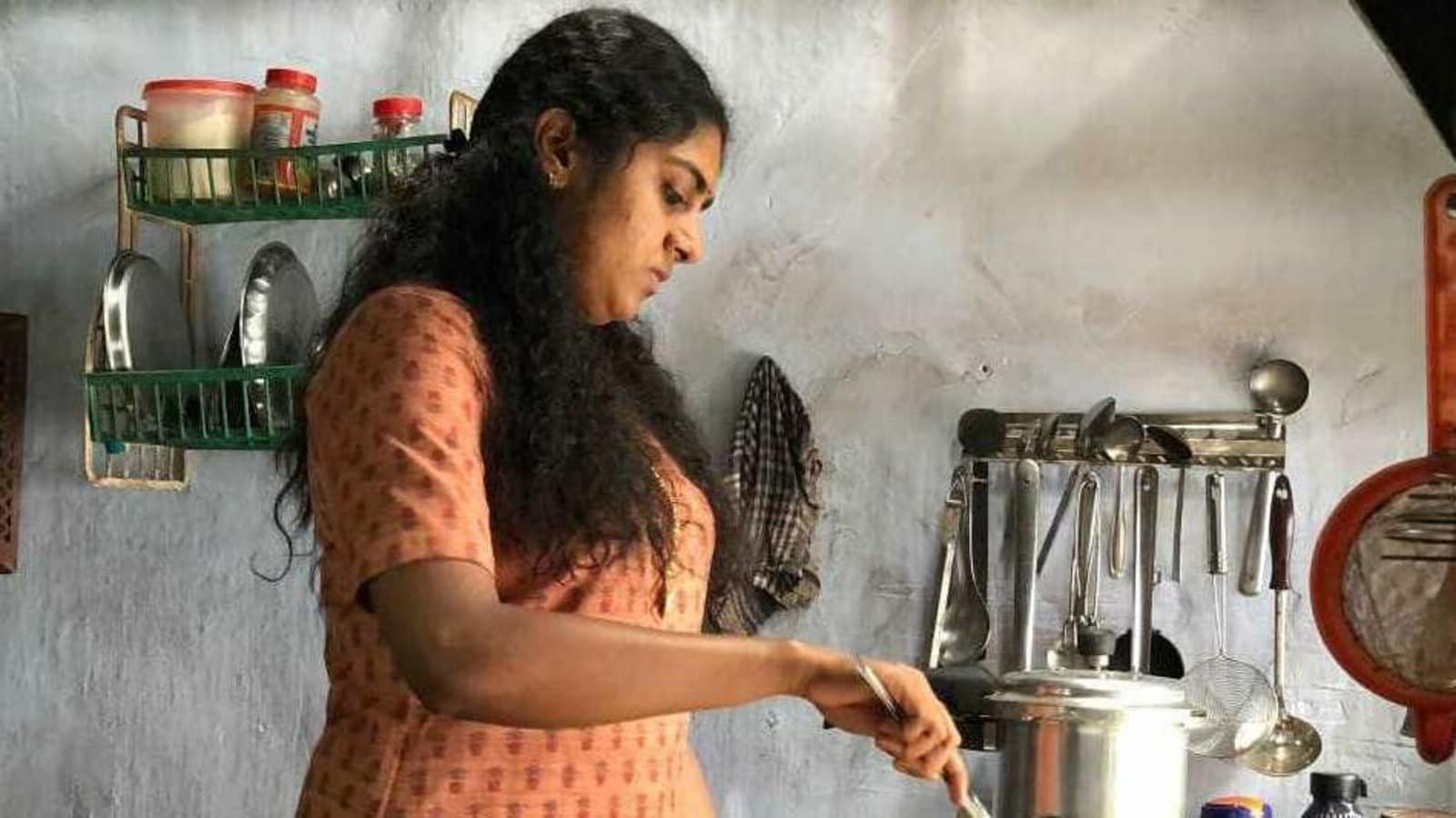
But for a film to have food in it, doesn’t necessarily mean the film has to be about food.
Movies like Varane Avashyamund, for example, don’t entirely spend their 2 hour screen time with zoomed-in pictures of food. Instead, it provides you with an idea of how different elements of society react to certain food items and their reasoning behind it. What makes them like this food, what makes them dislike it, why are they fond of that and not this; it gives you an insight into questions such as this.
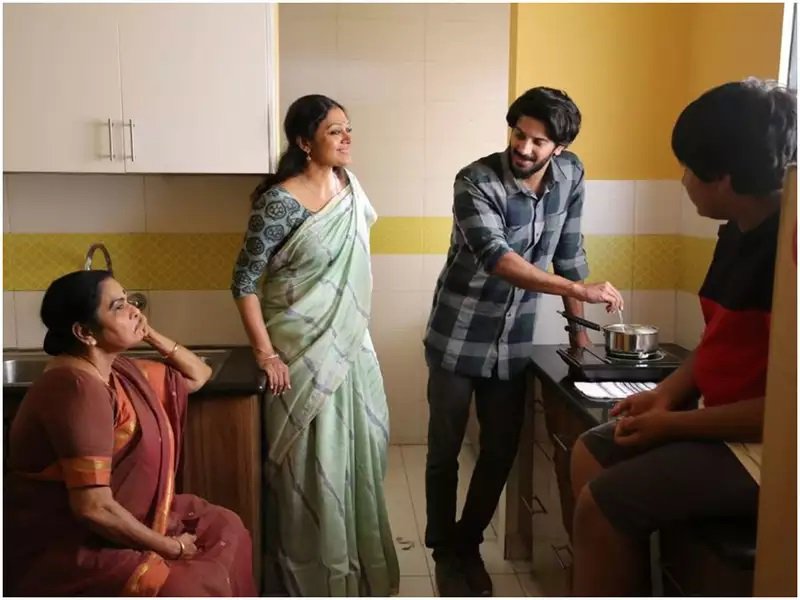
In a scene from his last film Agantuk, Satyajit Ray captures the theatrics of a Bengali meal. Ray’s protagonist played by Utpal Dutt, is a traveller who has spent 30 years feasting on a buffet of cultures across the world and yet he retains his love for Bengali food.
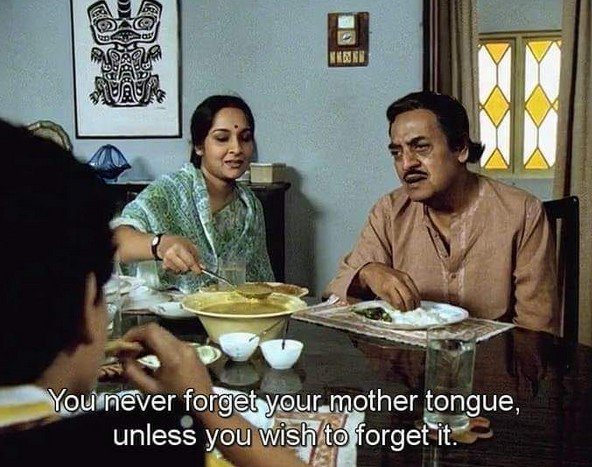
It’s interesting which part of his culture he most relates to and is fond of. It speaks a lot about a character, who they are as a person from the things about their past that they choose to remember but could have easily let go of.
In a famous scene from the film, Dutt’s character, Manmohan is asked if he’s ever consumed human flesh, to which he says, he’s never had the fortune to. When he’s asked where cannibalism rests in a civilised society, he says, ‘barbaric’ with sarcasm. A civilised society is where a man can destroy entire cities with the press of a button, he adds.
In his 1963 film, Mahanagar, there’s this little scene where the mother-in-law serves her son’s wife (after she’s become the primary breadwinner of the family) with the head of a fish, an honour traditionally reserved for the man of the house.
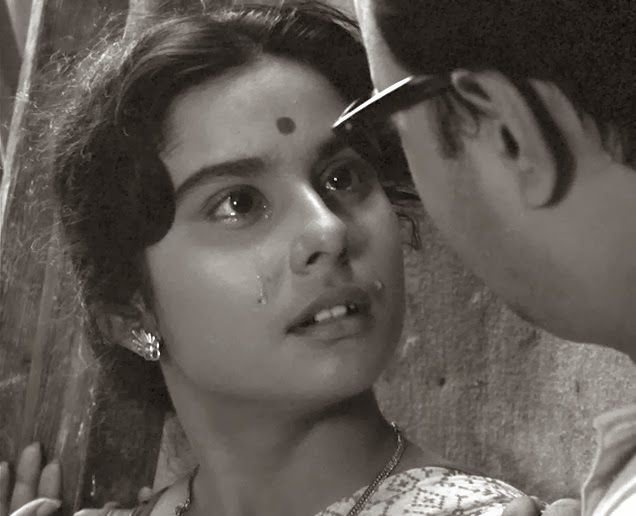
In 1990’s Shakha Proshakha, Ray has a 6-minute scene where an upper-middle-class family just sits and eats with men and women dining together, a sign of the changing times and gender roles being taken for a toss. Mind you, the domestic worker still stands behind and watches.
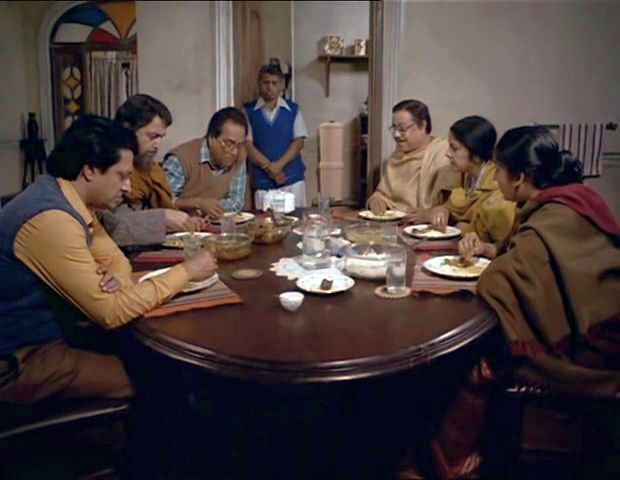
See, back in the day, before the gadgets and the TV and internet, before we had jobs, families, entire communities would sit and dine together, in front of the fire and tell stories of their day. We learnt from each other, we learnt to share, to laugh and sing and dance and write history. It is what we call a hearth. And while it is not that common quite a few places, million of us, still do it, in one form or another.
And it is a tragic loss that the Hindi film industry has more or less abandoned this craft.

















